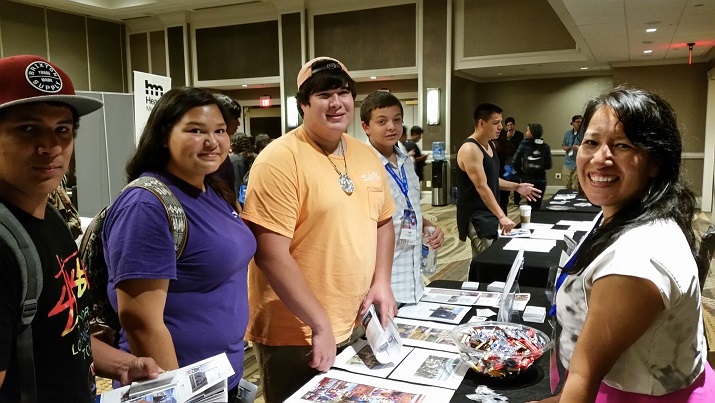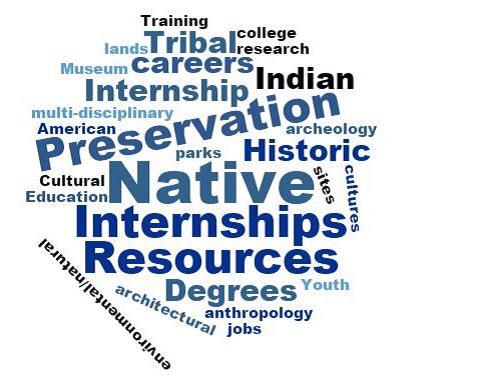Introduction
The Advisory Council on Historic Preservation (ACHP) launched a Native Youth Initiative in 2015 that has two goals:
1) to introduce Native youth to historic preservation as a potential career choice, and 2) to provide Native youth an opportunity to voice concerns regarding the protection of sacred sites. Introducing historic preservation as a career choice responds directly to concerns expressed by Tribal Historic Preservation Officers about attracting Tribal youth to work for or succeed them. It is a significant component of building the capacity of both Indian Tribes and Native Hawaiian organizations to participate in the national preservation program both now and in the future.
The program is part of the ACHP’s Youth and Historic Preservation Initiative which strives to educate young people on the benefits preservation offers to local communities and the nation and encourage them to enjoy history in their own backyards and beyond. The ACHP maintains a program specific to Native youth in order to appropriately and respectfully address cultural sensitivities and to respect Tribal sovereignty. Therefore, in November 2015, the ACHP adopted a strategic plan for its Native Youth program.
The program includes a variety of specific initiatives such as in-person events in which Native youth can interact with preservation professionals and participate in preservation activities; providing information through the ACHP’s Native youth Facebook page and on this page; and, historic preservation distance learning.
- Native Youth in Historic Preservation Newsletter
- Historic Preservation: Information for Native Youth
- Historic Preservation: Information for Adults Working with Native Youth
- Historic Preservation Career Possibilities for Native Youth
- How Native Youth Can Become Involved with Historic Preservation
- “What is Section 106?” 15 minute free online course
(Scroll down to “What is Section 106?” in the E-Learning Course catalogue section: a one-time registration is required for this FREE course.) - Youth Outreach and Historic Preservation
Native Youth in Historic Preservation Newsletter

The Preservation Indigenous - Native Youth Facebook page was established in March 2015 as a tool to share information. The page’s following continues to grow and is connecting Native youth (and those who work with youth) and tribes across the country with information and opportunities related to historic and cultural preservation developments, and career and educational opportunities.
Visit the Preservation Indigenous-Native Youth Facebook page
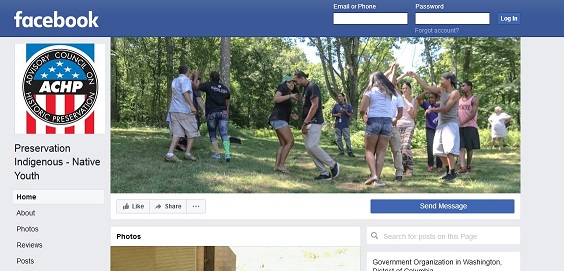
Promoting Education and Awareness of Historic Preservation
ACHP Partnership with Salish Kootenai College
In July 2018 ACHP staff joined Salish Kootenai College (SKC) students and staff in Glacier National Park in northwest Montana. SKC’s Tribal Historic Preservation Program (THPP) was hosting their 2017-2018 field school within the park along the North Fork of the Flathead River in an effort to locate and document Culturally Modified Trees (CMT) and other tangible and intangible components of Tribal heritage that are present within the Glacier National Park landscape.
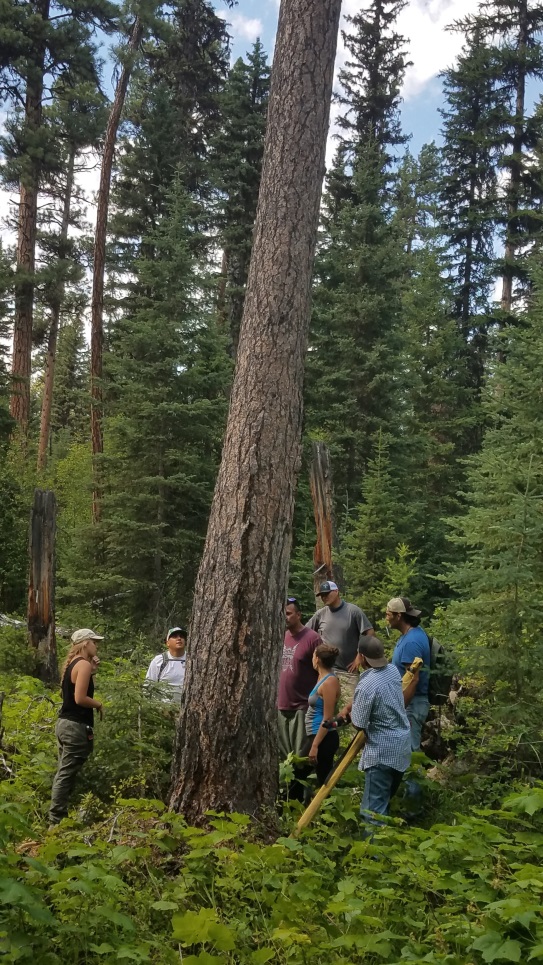
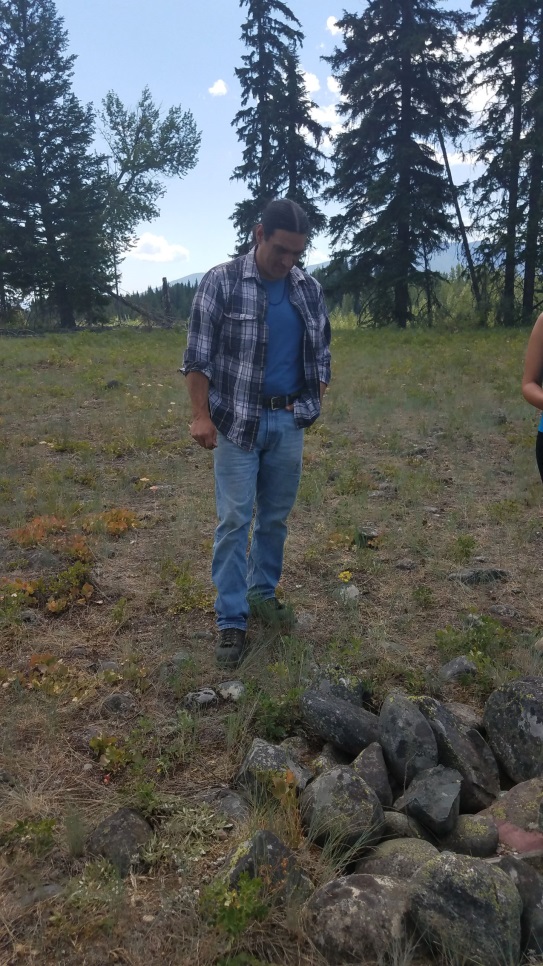
SKC’s Tribal Preservation Program is located within the college’s Native American Studies (NAS) program; a branch of the college devoted to promoting and preserving various elements of Tribal culture and educating and training students to excel in professional environments including historic preservation, governance and administration, and teaching. The NAS director, Dean Nicolai, led the field school alongside NAS faculty Aaron Brien. Both Dean and Aaron have acquired advanced degrees in anthropology, are Tribal members, and have previously worked in the field of cultural resource management. Dean and Aaron’s leadership and experience provided the students a first-hand opportunity to explore the Glacier National Park wilderness, locate and document historic properties, and creatively discuss components of historic preservation including survey and recordation methodology, acquiring and utilizing special expertise of Indian Tribes, and the process for determining National Register of Historic Places eligibility.
ACHP staff participated in the field school as part of ACHP’s Tribal Youth Program aimed at promoting the involvement of native youth in historic preservation as both a means to protect places of religious and cultural significance to them and as a career path. Ira Matt, ACHP Senior Program Analyst, assisted with field identification efforts and discussed historic preservation concepts and emerging issues with students and faculty while participating in the field school. This survey and monitoring project for CMT’s and affiliated cultural resources is part of an ongoing effort that Glacier National Park has conducted with local Tribes over the course of several decades. Many of the students who participated hope to utilize this experience to inform their senior capstone projects, for presentations at the college and other professional venues, and as experience to help inform future decisions they will make as historic preservation professionals and Tribal leaders.
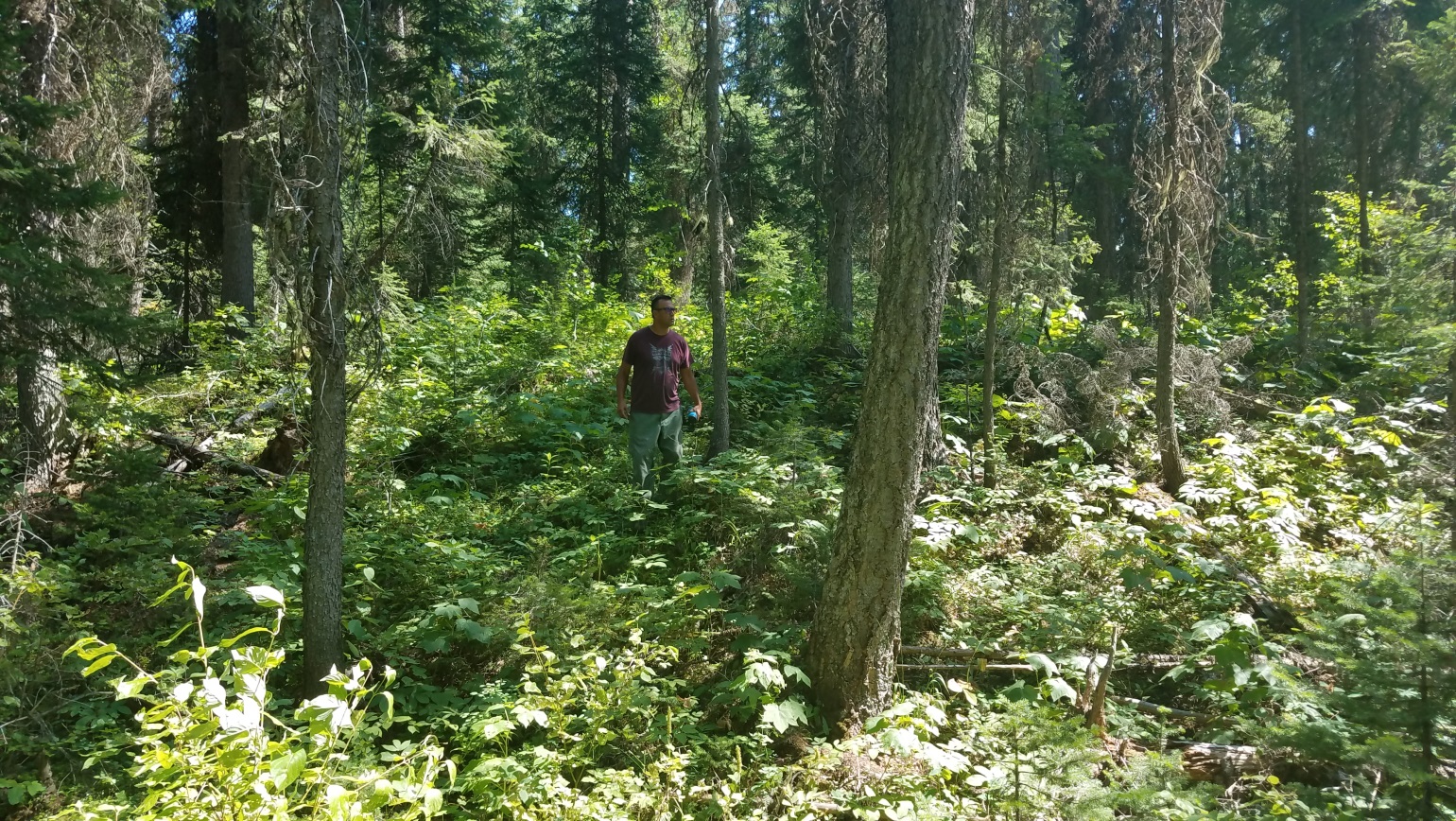
In May of 2018, the ACHP collaborated with Salish Kootenai College (SKC) to conduct in-person presentations to students in the Tribal Historic Preservation and Tribal Governance and Administration programs.
SKC is located on the Flathead Indian Reservation in western Montana; home of the Confederated Salish and Kootenai Tribes (CSKT). SKC’s mission is to provide quality post-secondary educational opportunities for Native Americans (and non-native students), locally and from throughout the United States. The Tribal Historic Preservation bachelor degree is a first-of-its-kind program designed to educate and train students in modern cultural resource management practices that are viewed through a Tribal lens of understanding. The Tribal Governance and Administration degree educates future Tribal leaders and provides them with a range of knowledge and experience necessary to make sound decisions.
The presentations provided by ACHP staff focused on the ACHP’s functions, Section 106 of the National Historic Preservation Act (NHPA), Traditional Cultural Properties (TCP), and the role of a Tribal Historic Preservation Officer (THPO) in the Section 106 process. Participating students’ projected career paths included Tribal preservation, museum studies, Tribal government, archaeology, and other associated fields. Regardless of their future path, a key focus for SKC students and staff during the presentations was the Section 106 four-step review process. Students were keen to observe that the review process can provide Indian Tribes with an effective voice if they are properly notified and consulted with by the responsible federal agency.
The goal of the interaction between the ACHP and SKC was to provide students with first-hand knowledge of how the Section 106 review process works and to encourage students to continue their pursuit of both academic and cultural knowledge.
In addition to providing presentations to SKC students, ACHP staff met with the President of SKC to define mutually acceptable goals that can be incorporated into the ACHP’s Tribal Youth Program. These goals include continuing to conduct in-person presentations, providing remote video lecture, and offering internships. ACHP staff also collaborated with SKC during their 2018 summer field school in Glacier National Park to provide guidance regarding the consideration of historic properties in traditional cultural landscapes.
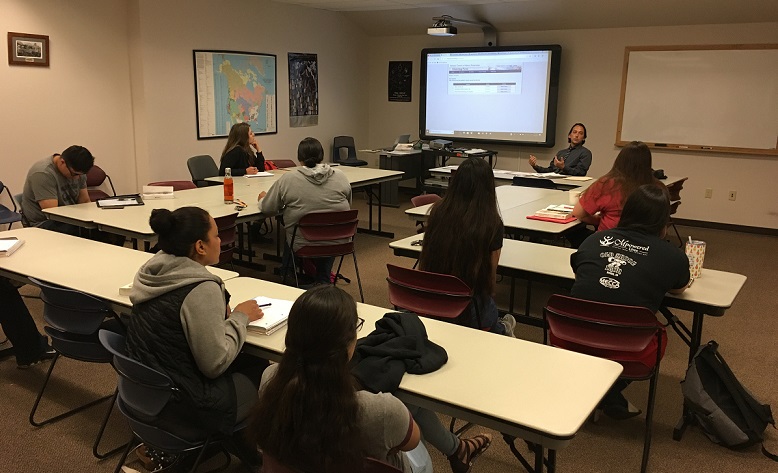
Past ACHP Native Youth Events
In 2015, Tribal youth from Washington had an opportunity to interact with summit attendees during a lunch roundtable led by Leonard Forsman, Chairman of the Suquamish Tribe and Vice Chairman of the ACHP.
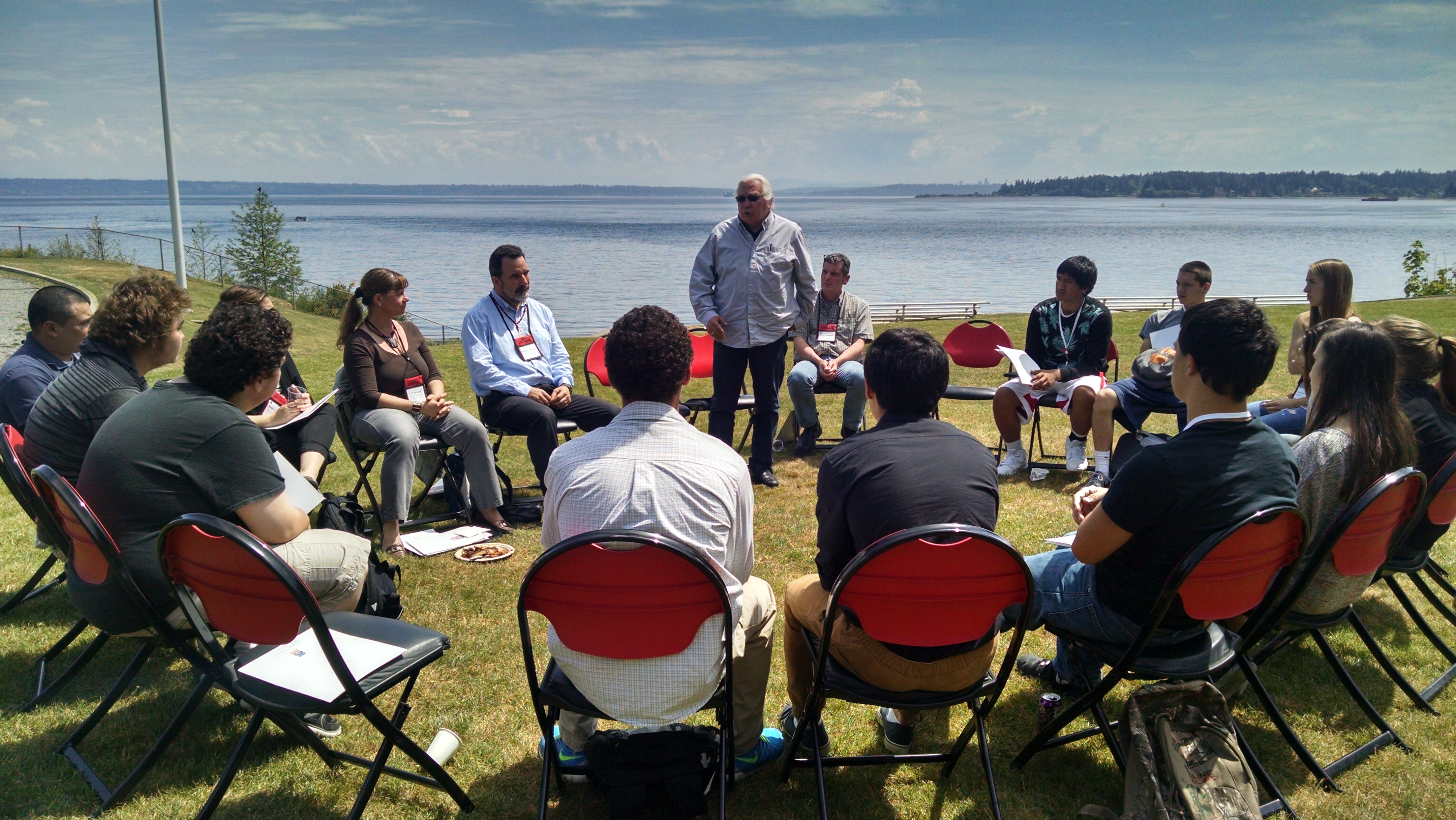
ACHP Member Dorothy Lippert served on the federal panel for this session and heard firsthand about youth concerns about cultural preservation as well as their suggestions for improvements. In July 2015, Dr. Dorothy Lippert and ACHP staff hosted two workshops on sacred sites and hosted a booth at the United National Indian Tribal Youth (UNITY) Conference Career Expo in Washington, D.C.
